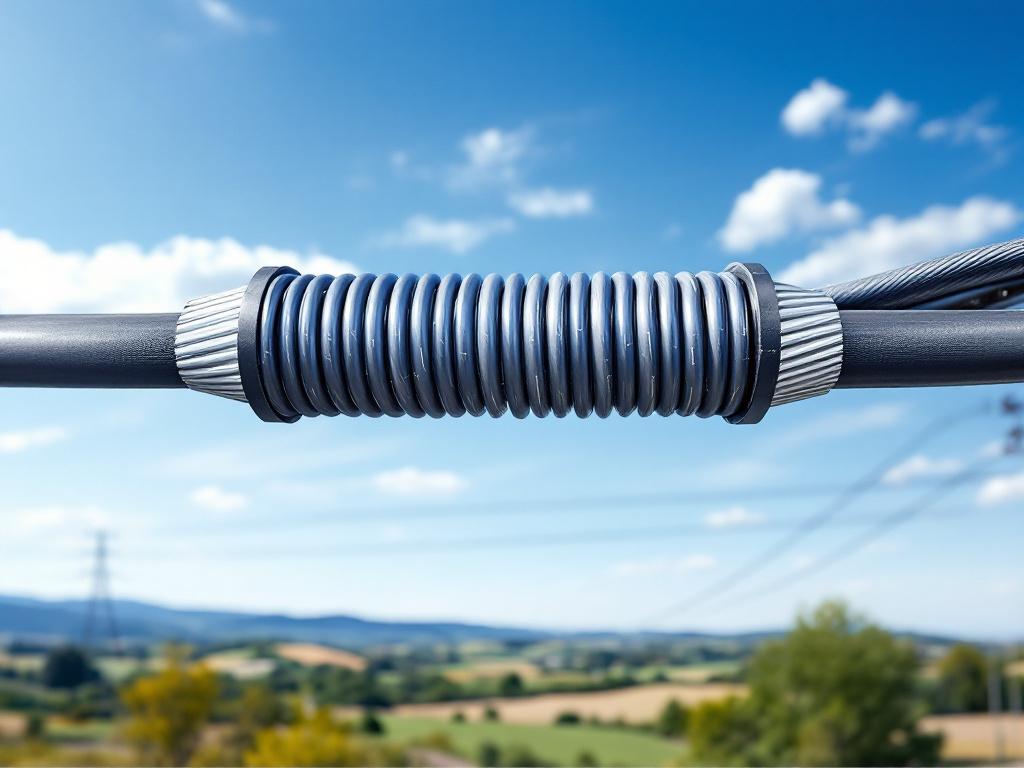Focus on South-Sudan:- What opportunities does South Sudan have in regional trade (EAC, IGAD, AfCFTA)?
South Sudan is strategically positioned in East and Central Africa, and despite internal challenges, it has several opportunities to expand regional trade through EAC, IGAD, and AfCFTA frameworks.
Here’s a detailed overview:
1. East African Community (EAC) Opportunities-
Customs Union & Free Trade: As a full member (since 2016), South Sudan can export goods tariff-free to member states (Uganda, Kenya, Tanzania, Rwanda, Burundi, DR Congo).
Market Access: Potential for agricultural exports (maize, sorghum, sesame, livestock, fish), as well as small-scale manufactured goods.
Infrastructure Projects: EAC cross-border road and rail corridors (e.g., Juba–Nimule–Gulu, Juba–Malaba) facilitate smoother trade logistics.
Regional Integration Programs: Participation in EAC standards, SPS agreements, and border facilitation reduces non-tariff barriers.
Key Leverage: Leverage proximity to Uganda and Kenya for exporting livestock, grains, and processed food products while reducing reliance on Sudanese pipelines.
2. Intergovernmental Authority on Development (IGAD) Opportunities-
Peace & Security Cooperation: IGAD’s mediation can stabilize trade routes and protect corridors.
Regional Infrastructure & Energy Initiatives: Participation in electricity grids, cross-border water management, and transport networks can lower costs for trade and industrialization.
Agricultural & Livestock Markets: IGAD facilitates regional standards and coordination on animal health, disease control, and pastoral mobility—critical for South Sudan’s livestock sector.
Key Leverage: Use IGAD frameworks to secure corridor security, veterinary certifications, and early-warning systems for conflict disruptions affecting trade.
3. African Continental Free Trade Area (AfCFTA) Opportunities-
Continental Market Access: With 1.3+ billion people, South Sudan can export agriculture, livestock, fish, and artisanal minerals.
Investment Attraction: AfCFTA encourages intra-African investments and value-chain linkages (e.g., food processing, agro-industrial parks).
Diversification Potential: Connects South Sudan to East, West, and Southern African value chains, reducing over-reliance on oil.
Trade Facilitation Programs: Digital customs clearance, harmonized standards, and regional e-payment systems streamline cross-border trade.
Key Leverage: Promote processed products (sesame oil, shea butter, smoked fish, livestock by-products) rather than raw commodities to capture more value.
4. Specific Strategic Opportunities-
Sector Opportunity Regional Partner / Market
Agriculture- Maize, sorghum, sesame, cassava flour Uganda, Kenya, DRC
Livestock & Dairy Cattle, goats, milk, hides- Kenya, Ethiopia, Uganda
Fisheries- Smoked/sun-dried Nile fish Uganda, Kenya, Sudan
Minerals- Gold, limestone, construction aggregates Kenya, Ethiopia, DRC
Value-added / SMEs Shea butter, chili paste, peanut oil Regional AfCFTA market
Transit & logistics- Juba as hub for landlocked neighbors Uganda, DRC, CAR
5. Challenges to Exploit These Opportunities-
Poor transport infrastructure (roads, bridges, rail).
Border insecurity and checkpoints.
Low compliance with EAC, AfCFTA standards initially.
Limited storage, cold chains, and processing capacity.
Strategic Recommendations-
Upgrade transport corridors linking production hubs to border points (e.g., Juba–Nimule, Bor–Malakal).
Formalize agricultural & livestock exports via standards certification, veterinary services, and cold storage.
Leverage AfCFTA for value-add by exporting processed rather than raw commodities.
Engage regional partners via IGAD/EAC frameworks to secure trade routes and reduce tariff/non-tariff barriers.
Establish trade facilitation offices in key border towns to streamline permits, customs, and compliance.
In short, South Sudan can use its geographic position, natural resources, and regional trade frameworks to move away from oil dependence and integrate into East African and continental value chains—but infrastructure, security, and regulatory reforms must come first.
Focus on South-Sudan:- What opportunities does South Sudan have in regional trade (EAC, IGAD, AfCFTA)?
South Sudan is strategically positioned in East and Central Africa, and despite internal challenges, it has several opportunities to expand regional trade through EAC, IGAD, and AfCFTA frameworks.
Here’s a detailed overview:
1. East African Community (EAC) Opportunities-
Customs Union & Free Trade: As a full member (since 2016), South Sudan can export goods tariff-free to member states (Uganda, Kenya, Tanzania, Rwanda, Burundi, DR Congo).
Market Access: Potential for agricultural exports (maize, sorghum, sesame, livestock, fish), as well as small-scale manufactured goods.
Infrastructure Projects: EAC cross-border road and rail corridors (e.g., Juba–Nimule–Gulu, Juba–Malaba) facilitate smoother trade logistics.
Regional Integration Programs: Participation in EAC standards, SPS agreements, and border facilitation reduces non-tariff barriers.
Key Leverage: Leverage proximity to Uganda and Kenya for exporting livestock, grains, and processed food products while reducing reliance on Sudanese pipelines.
2. Intergovernmental Authority on Development (IGAD) Opportunities-
Peace & Security Cooperation: IGAD’s mediation can stabilize trade routes and protect corridors.
Regional Infrastructure & Energy Initiatives: Participation in electricity grids, cross-border water management, and transport networks can lower costs for trade and industrialization.
Agricultural & Livestock Markets: IGAD facilitates regional standards and coordination on animal health, disease control, and pastoral mobility—critical for South Sudan’s livestock sector.
Key Leverage: Use IGAD frameworks to secure corridor security, veterinary certifications, and early-warning systems for conflict disruptions affecting trade.
3. African Continental Free Trade Area (AfCFTA) Opportunities-
Continental Market Access: With 1.3+ billion people, South Sudan can export agriculture, livestock, fish, and artisanal minerals.
Investment Attraction: AfCFTA encourages intra-African investments and value-chain linkages (e.g., food processing, agro-industrial parks).
Diversification Potential: Connects South Sudan to East, West, and Southern African value chains, reducing over-reliance on oil.
Trade Facilitation Programs: Digital customs clearance, harmonized standards, and regional e-payment systems streamline cross-border trade.
Key Leverage: Promote processed products (sesame oil, shea butter, smoked fish, livestock by-products) rather than raw commodities to capture more value.
4. Specific Strategic Opportunities-
Sector Opportunity Regional Partner / Market
Agriculture- Maize, sorghum, sesame, cassava flour Uganda, Kenya, DRC
Livestock & Dairy Cattle, goats, milk, hides- Kenya, Ethiopia, Uganda
Fisheries- Smoked/sun-dried Nile fish Uganda, Kenya, Sudan
Minerals- Gold, limestone, construction aggregates Kenya, Ethiopia, DRC
Value-added / SMEs Shea butter, chili paste, peanut oil Regional AfCFTA market
Transit & logistics- Juba as hub for landlocked neighbors Uganda, DRC, CAR
5. Challenges to Exploit These Opportunities-
Poor transport infrastructure (roads, bridges, rail).
Border insecurity and checkpoints.
Low compliance with EAC, AfCFTA standards initially.
Limited storage, cold chains, and processing capacity.
Strategic Recommendations-
Upgrade transport corridors linking production hubs to border points (e.g., Juba–Nimule, Bor–Malakal).
Formalize agricultural & livestock exports via standards certification, veterinary services, and cold storage.
Leverage AfCFTA for value-add by exporting processed rather than raw commodities.
Engage regional partners via IGAD/EAC frameworks to secure trade routes and reduce tariff/non-tariff barriers.
Establish trade facilitation offices in key border towns to streamline permits, customs, and compliance.
In short, South Sudan can use its geographic position, natural resources, and regional trade frameworks to move away from oil dependence and integrate into East African and continental value chains—but infrastructure, security, and regulatory reforms must come first.







